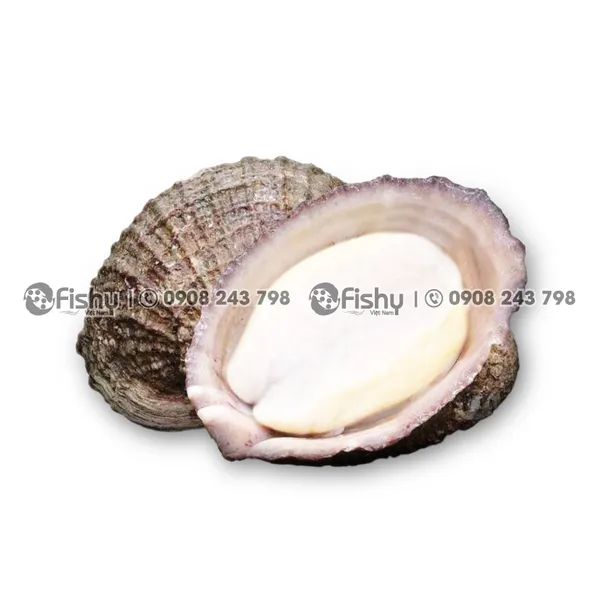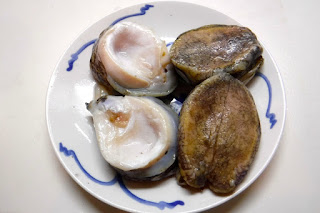Chilean abalone (Loco - Concholepas concholepas) belongs to the Haididae family, also known as Peruvian tolina, a large edible sea snail, also called murex snail or rock snail. This species is native to the coasts of Chile and Peru, where it is called loco (a borrowed word from Chilean Spanish), pata de burro, tolina, or chanque (Peruvian Spanish).
Chilean abalone has an oval shell with thick walls; the outer surface of the shell is convex with many raised radial ridges. It has a thick foot that helps it move and cling firmly to rocky substrates. It inhabits mid-intertidal and subtidal zones with rocky surfaces and slopes, ranging from Playa Lobos, Eten, Peru, to the Strait of Magellan in Chile.
Characterized by its shell color, which varies from shades of brown to reddish-brown, often with complex patterns and markings, Chilean abalone is a unique sea snail closely resembling abalone in shape, flavor, and texture. It is thus referred to as abalone, featuring lightly fragrant, naturally sweet, and crunchy meat.
HABITAT AND CLIMATE
Chilean abalone thrives in rocky intertidal and subtidal habitats along the temperate coasts of South America. They prefer areas with strong currents and abundant algae for food and shelter. The climate in these regions ranges from cool temperate to subtropical, with water temperatures ranging from about 10°C to 20°C (50°F to 68°F).
LIVING AREA OF ABALONE
Peruvian abalone lives at various depths, from intertidal zones exposed at low tide to depths of up to 20–40 meters or more in subtidal regions.
NUTRITIONAL VALUE OF CHILEAN ABALONE
Protein: Chilean abalone is a rich source of protein, containing up to 19.6g per 100g of abalone. Protein plays an important role in building and repairing muscles, producing enzymes and hormones, and supporting the immune system.
Fat: Chilean abalone is low in fat, with only about 6.78g per 100g of abalone. The fat in abalone primarily consists of beneficial omega-3 fatty acids that are good for heart health.
Carbohydrates: Chilean abalone contains about 11g of carbohydrates per 100g of abalone.
Vitamins and Minerals: Chilean abalone is a rich source of essential vitamins and minerals, including calcium, iron, zinc, iodine, vitamin A, vitamin B, and vitamin D.
HOW TO COOK CHILEAN ABALONE MEAT
Some of the most famous dishes are loco appetizers (with mayonnaise sauce or spring onion, lemon, and cilantro sauce), loco chupe (with salsa made from bread, milk or cream, cheese, and spices), loco stew (with onions and other vegetables, such as potatoes), loco empanadas, a savory quiche made from minced loco and onions.
Here, Fishy introduces the simplest way to prepare Chilean abalone meat for you:
1. Steamed and Pan-fried Chilean Abalone Meat
• Rub the thawed loco meat with salt twice to remove slime and black spots.
• Warm a pan with oil and ginger, set to high heat, place the loco meat flat side down, and let the juices flow out. Add half a cup of rice wine, set to medium heat, and cover.
• Cook for 4 minutes until the liquid evaporates.
• The texture is crunchy like abalone, and the flavor is rich and delicious.
2. Grilled Chilean Abalone Meat
• Place the loco meat on baking paper, add a tablespoon of rice wine, ginger, rosemary (or cilantro), wrap it up, and bake at 200˚C for 10 minutes, leaving the oven door slightly open for 5 minutes.

FISHY VIETNAM CO., LTD
Adress: No. 621/1 National Highway 1A, KP3, Linh Xuan Ward, Thu Duc City, HCMC
Email: fishy.vn@gmail.com
Hotline: (+84) 945 100 394


















